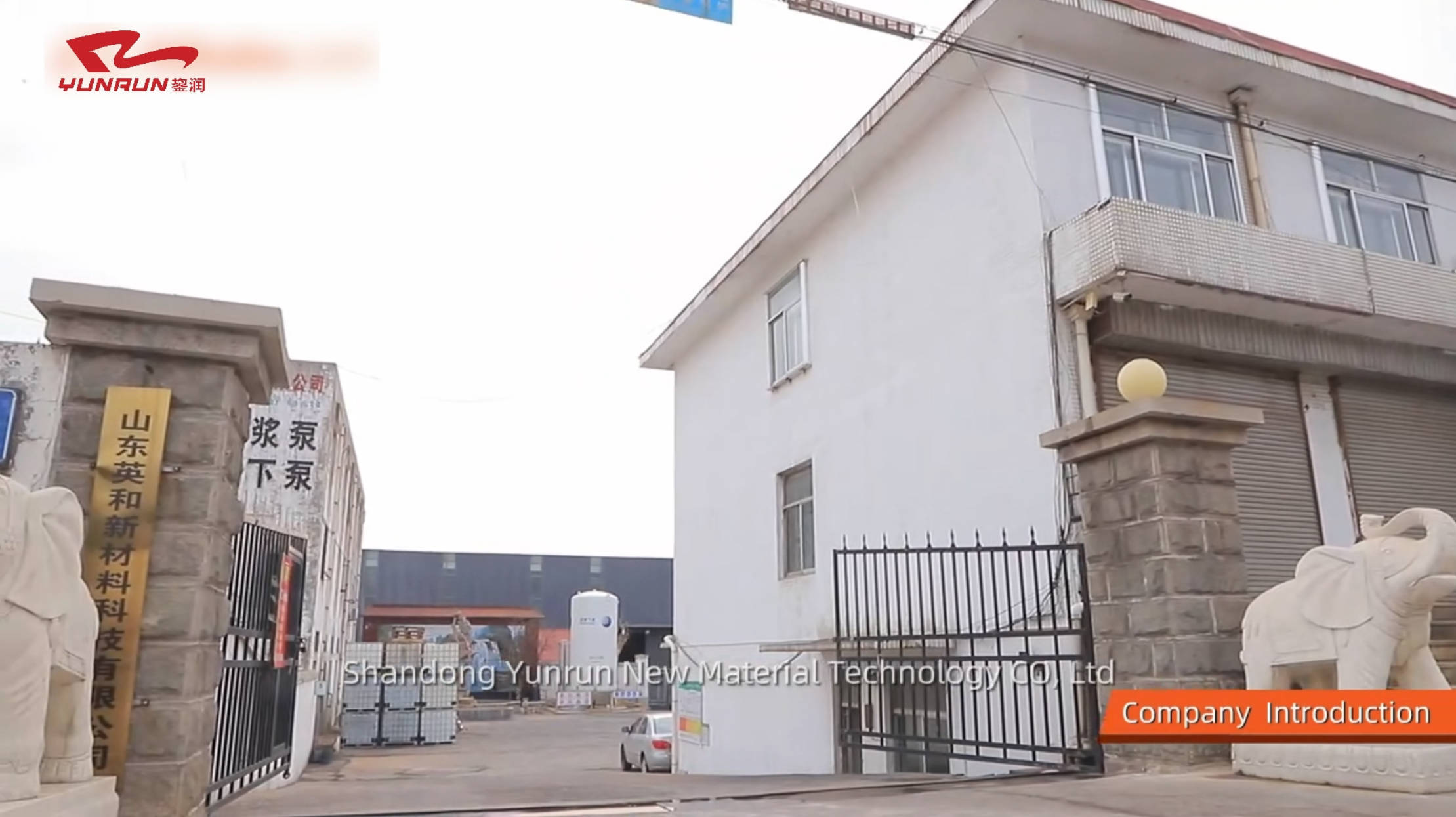Understanding Acrylic Sealant: Your Guide to 450g Applications
Acrylic sealant is a versatile, water-based adhesive often used in various applications ranging from construction to manufacturing. The 450g packaging size is particularly popular among professionals, as it strikes a balance between usability and efficiency. This article aims to provide an in-depth understanding of acrylic sealant and its unique properties, specifically focusing on the 450g varian
Jun 20,2025
Acrylic sealant is a versatile, water-based adhesive often used in various applications ranging from construction to manufacturing. The 450g packaging size is particularly popular among professionals, as it strikes a balance between usability and efficiency. This article aims to provide an in-depth understanding of acrylic sealant and its unique properties, specifically focusing on the 450g variant.
One of the most notable features of acrylic sealant is its excellent adhesion to a wide range of substrates, including wood, metal, glass, and concrete. This makes it an ideal choice for sealing joints and gaps in various structures, such as windows, doors, and roofing. Its ability to remain flexible after curing allows for movement in the materials it bonds, making it especially suitable for areas subjected to thermal expansion and contraction.
The 450g size is advantageous for professionals who require a substantial amount of sealant without the inconvenience of handling larger containers. This size is often sufficient for small to medium-sized projects, making it ideal for contractors who need to apply sealant in multiple areas without wasting material. Additionally, the 450g packaging is typically designed for easy application, often featuring a nozzle that allows for precise dispensing.
Another key benefit of acrylic sealant is its paintability. Once cured, it can be painted over with a variety of coatings, enabling seamless integration with existing surfaces. This characteristic is particularly important for those working in aesthetic applications, as it allows for creativity without compromising the integrity of the seal.
Acrylic sealants are also known for their environmentally friendly properties. Many formulations are low in volatile organic compounds (VOCs), making them safer for both users and the environment. This aligns with the growing demand for sustainable building materials and practices in the construction industry.
When using acrylic sealant, it's essential to consider the application method and surface preparation. Surfaces should be clean, dry, and free of contaminants to ensure optimal adhesion. The application can often be done using a caulking gun, which provides the control needed for accurate and even bead placement.
In summary, acrylic sealant in the 450g packaging is an excellent choice for professionals looking for a reliable, versatile adhesive. Its strong adhesion properties, flexibility, and paintability make it suitable for various applications, while its convenient packaging size allows for efficient usage. Understanding these characteristics can help you make informed decisions in your projects, ensuring successful outcomes and enhanced durability.
One of the most notable features of acrylic sealant is its excellent adhesion to a wide range of substrates, including wood, metal, glass, and concrete. This makes it an ideal choice for sealing joints and gaps in various structures, such as windows, doors, and roofing. Its ability to remain flexible after curing allows for movement in the materials it bonds, making it especially suitable for areas subjected to thermal expansion and contraction.
The 450g size is advantageous for professionals who require a substantial amount of sealant without the inconvenience of handling larger containers. This size is often sufficient for small to medium-sized projects, making it ideal for contractors who need to apply sealant in multiple areas without wasting material. Additionally, the 450g packaging is typically designed for easy application, often featuring a nozzle that allows for precise dispensing.
Another key benefit of acrylic sealant is its paintability. Once cured, it can be painted over with a variety of coatings, enabling seamless integration with existing surfaces. This characteristic is particularly important for those working in aesthetic applications, as it allows for creativity without compromising the integrity of the seal.
Acrylic sealants are also known for their environmentally friendly properties. Many formulations are low in volatile organic compounds (VOCs), making them safer for both users and the environment. This aligns with the growing demand for sustainable building materials and practices in the construction industry.
When using acrylic sealant, it's essential to consider the application method and surface preparation. Surfaces should be clean, dry, and free of contaminants to ensure optimal adhesion. The application can often be done using a caulking gun, which provides the control needed for accurate and even bead placement.
In summary, acrylic sealant in the 450g packaging is an excellent choice for professionals looking for a reliable, versatile adhesive. Its strong adhesion properties, flexibility, and paintability make it suitable for various applications, while its convenient packaging size allows for efficient usage. Understanding these characteristics can help you make informed decisions in your projects, ensuring successful outcomes and enhanced durability.
PREVIOUS:




